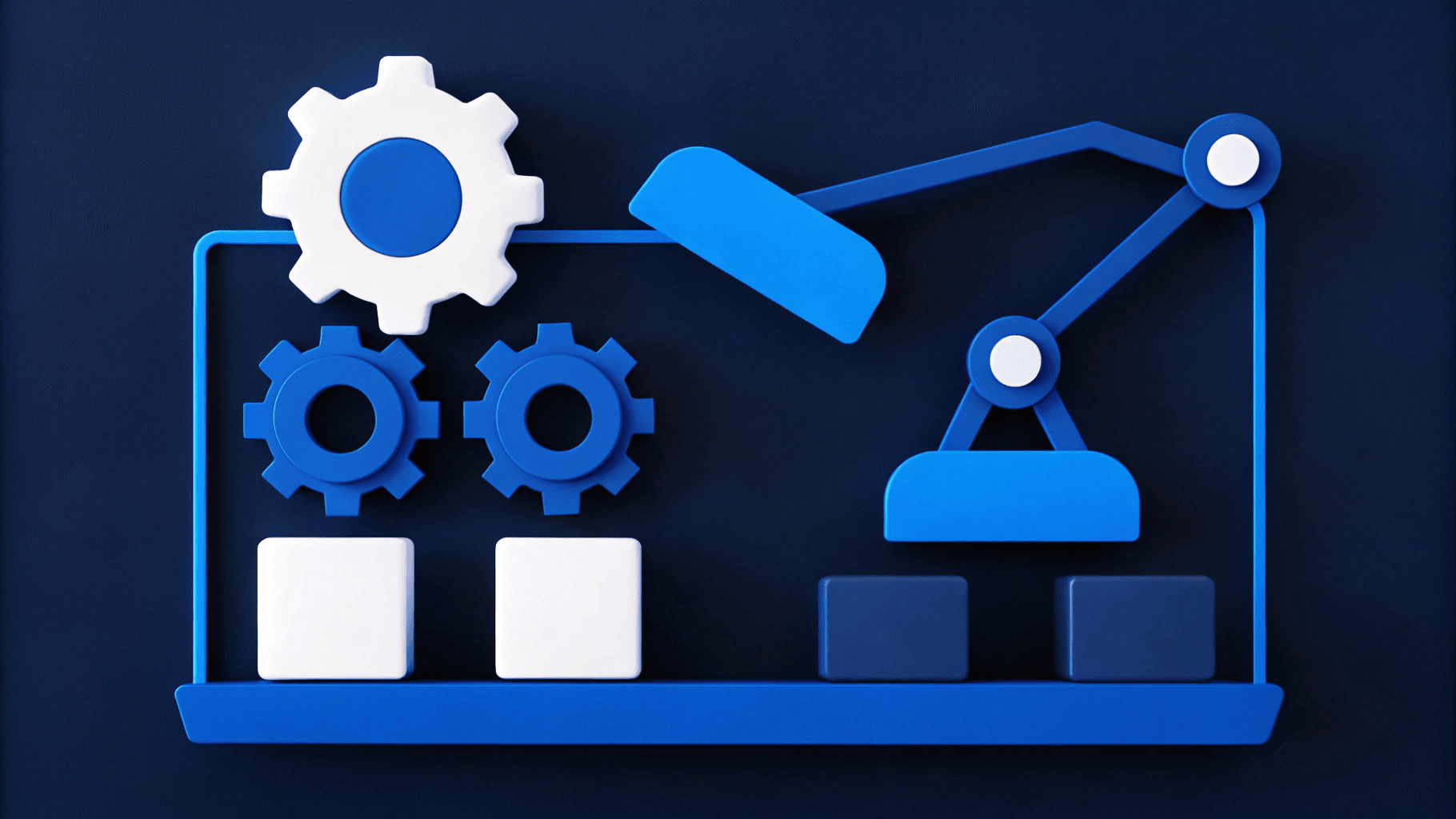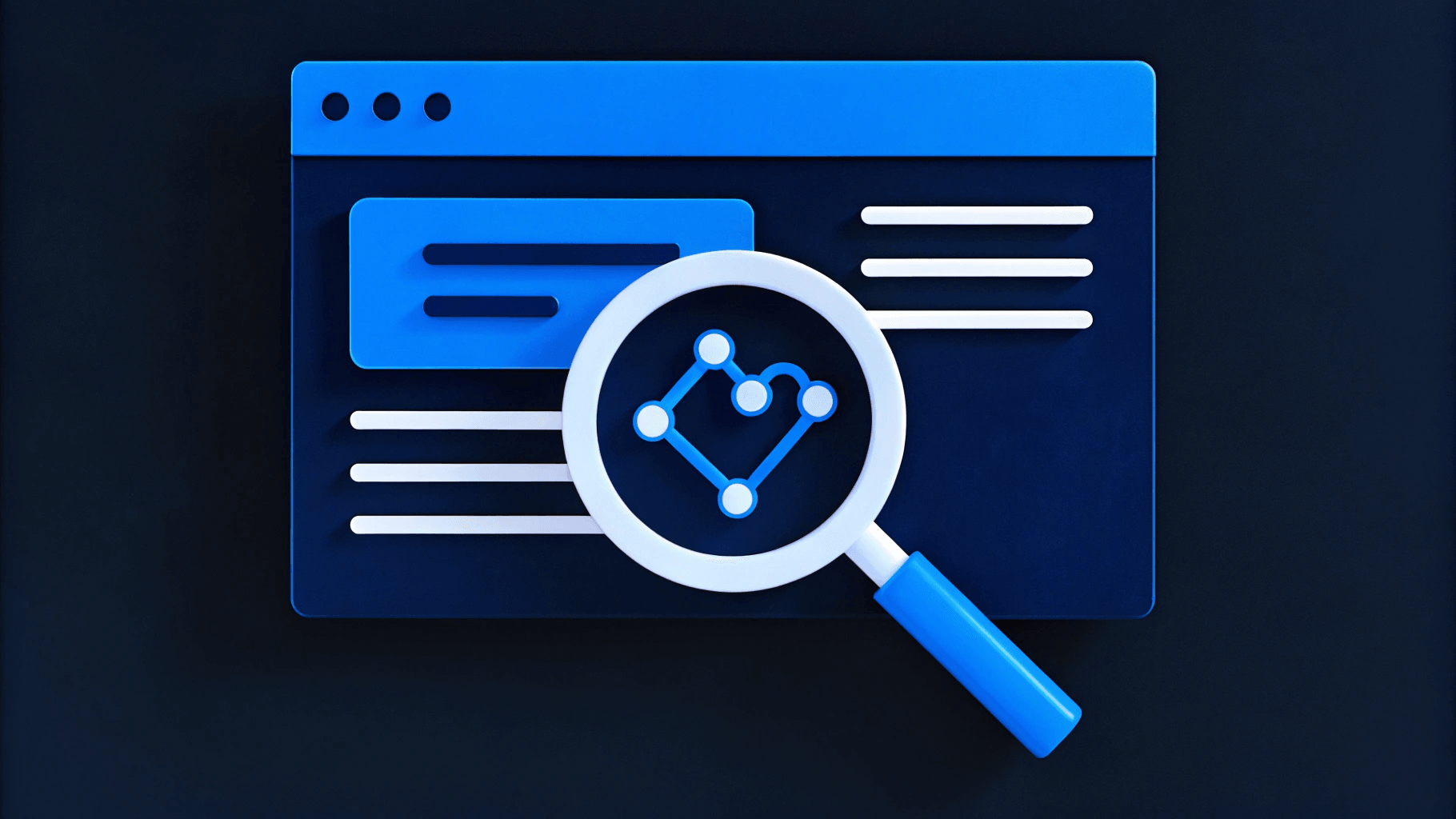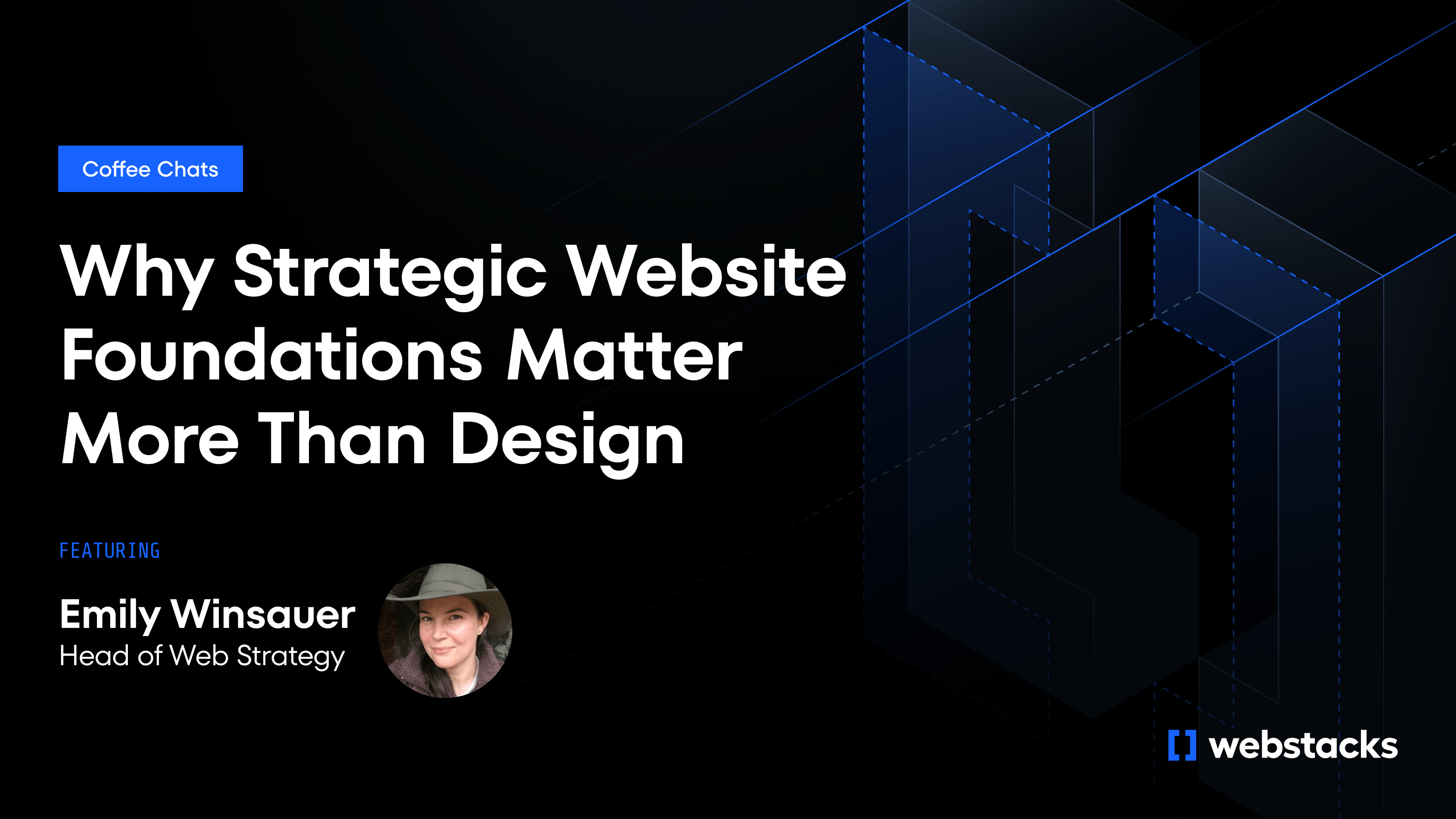Website operations have reached a breaking point. While B2B SaaS companies deploy code faster than ever, their ability to maintain performance, security, and reliability hasn't kept pace. The result? Critical issues that slip through manual monitoring, cascade into customer-facing problems, and force engineering teams into expensive firefighting mode.
Traditional WebOps treats symptoms, not causes. Teams detect problems after users are already affected, patch vulnerabilities during maintenance windows, and scale infrastructure reactively when traffic spikes hit. This approach worked when releases happened monthly and customer expectations were lower. Today, it's a competitive liability.
AI-driven WebOps inverts this model entirely. Instead of responding to problems, intelligent systems predict and prevent them. By continuously analyzing telemetry data, detecting anomalies in real-time, and executing automated responses, AI transforms WebOps from reactive damage control into proactive optimization—delivering the always-on reliability that modern SaaS businesses require.

Why Traditional WebOps Fails Modern B2B SaaS
B2B SaaS companies face unique operational challenges that generic DevOps approaches can't address. Composable architectures spread critical functionality across multiple services—headless CMS, CDN layers, API gateways, and third-party integrations. When issues arise, they cascade unpredictably through these distributed systems.
Manual monitoring creates dangerous blind spots. Teams rely on threshold-based alerts that trigger only after performance has degraded or errors have multiplied. By then, enterprise customers may have already experienced slow page loads during product demos, failed API calls during integrations, or broken checkout flows during trial signups.
The operational burden compounds quickly. Granting access to new engineers requires navigating multiple systems and security protocols. Credential rotation becomes a multi-day process involving various vendors and internal teams. Meanwhile, security updates get delayed because teams fear disrupting active sales cycles or customer onboarding.
For B2B companies, these aren't just technical problems—they're revenue problems. A failed release during a product launch can derail months of marketing investment. Poor Core Web Vitals hurt search rankings precisely when potential customers are researching solutions. Each incident erodes the reliability that enterprise buyers demand.
How AI Changes the WebOps Model
Traditional WebOps waits for problems to manifest before responding, creating a cycle of reactive firefighting that scales poorly with system complexity. AI fundamentally inverts this approach by continuously analyzing operational patterns, predicting potential issues, and automating preventive responses before users are affected. This transformation relies on three core capabilities that work together to maintain continuous reliability:
Intelligent Monitoring
AI systems aggregate telemetry from application logs, infrastructure metrics, CDN performance data, and user analytics into a unified stream. Advanced pattern recognition separates meaningful anomalies from routine noise, eliminating the alert fatigue that plagues traditional monitoring.
This consolidation is crucial for B2B SaaS companies using composable architectures. Instead of monitoring dozens of disconnected dashboards, teams get a complete operational picture. The system understands how headless CMS performance affects page load times, how API gateway latency impacts user experience, and how CDN configuration changes ripple through global traffic patterns.
Predictive Automation
Machine learning models analyze historical data to forecast operational risks before they impact production. The system can predict when traffic patterns will overwhelm current capacity, identify code changes that historically correlate with specific error types, or detect security vulnerabilities in dependency updates.
When risks are identified, automated systems take preventive action. Infrastructure scales ahead of predicted load spikes. Risky deployments get isolated to staging environments for additional testing. Security patches are queued for deployment during optimal maintenance windows. This automation operates within carefully defined guardrails, ensuring human oversight for significant changes.
Adaptive Learning
The most sophisticated capability involves continuous system improvement. AI analyzes the effectiveness of previous decisions, refines prediction models based on new data, and adjusts automation rules as business requirements evolve.
Human operators shift from reactive firefighting to strategic system design. They define operational policies, review automation recommendations, and focus on high-value improvements that the system can't handle autonomously. This collaboration amplifies human expertise rather than replacing it.

The Foundation: Unified Data Architecture
AI-driven WebOps requires a fundamental shift in how operational data is collected, stored, and accessed. Traditional monitoring tools create data silos—separate dashboards for application performance, infrastructure metrics, security logs, and business analytics. This fragmentation makes it impossible to understand how technical issues affect business outcomes.
A unified data layer breaks down these silos by aggregating all operational signals into a single, real-time stream. Performance metrics, Core Web Vitals, security events, A/B test results, and user behavior data are collected, deduplicated, and time-synchronized automatically.
This unified approach is particularly valuable for B2B SaaS companies managing complex technology stacks. When a potential customer experiences slow loading times during a product demo, the system can immediately correlate CDN performance issues with specific geographical regions, identify the root cause in API response times, and measure the business impact on trial conversions.
Maintaining data quality requires implementing DataOps practices from the start. Continuous validation ensures data accuracy, access controls protect sensitive information, and schema governance maintains consistency as new data sources are added. Streaming architectures deliver this clean, reliable data directly to AI services for real-time analysis and automated response.
Roadmap to AI-Driven WebOps
Transitioning to AI-driven operations works best as a phased approach. Each stage builds operational capability while reducing risk, creating a foundation for more advanced automation in subsequent phases.
Audit and Benchmark
Start by establishing a complete operational baseline. Document current Core Web Vitals performance, infrastructure costs, and incident response times. Inventory every monitoring tool, CI/CD system, and security platform currently in use.
This audit often reveals significant inefficiencies—redundant monitoring subscriptions, overlapping tool capabilities, and fragmented workflows that slow incident response. Understanding these gaps provides clear targets for improvement and justifies investment in more integrated solutions.
Include security and access management in the baseline assessment. Document how long credential provisioning takes, how frequently passwords are rotated, and how access is revoked when team members leave. These manual processes represent early automation opportunities once AI systems are operational.
AI Monitoring and Alerting
Deploy an AIOps platform that can learn your environment's normal operating patterns and surface meaningful deviations. Focus on workflow integration—AI-generated alerts should feed directly into existing chat and ticketing systems to minimize disruption.
Train your team to interpret AI outputs effectively. Modern systems provide confidence scores and contributing factors for each alert, but teams need practice understanding when to trust automated recommendations versus when to investigate further.
This phase establishes the data foundation for more advanced automation. As the system learns your environment's patterns, it builds the historical context necessary for accurate predictions and safe automated responses.
Predictive Automation
Enable the platform to take preventive action based on its predictions. Use historical traffic patterns, release schedules, and infrastructure costs to automatically scale resources ahead of demand spikes or potential issues.
Implement strict guardrails during this phase. Define budget limits, performance thresholds, and scenarios that require human approval. Track automation effectiveness by measuring avoided incidents, reduced infrastructure costs, and faster resolution times.
The goal is building confidence in automated decision-making while maintaining control over significant changes. As the system proves its reliability, these guardrails can gradually expand to cover more scenarios.
Autonomous Optimization
In the final phase, routine operational adjustments happen entirely through software. AI systems analyze user behavior, infrastructure performance, and business metrics to optimize CDN routing, cache configurations, and resource allocation continuously.
Establish strong governance before enabling full autonomy. Implement weekly policy reviews, maintain detailed audit logs, and create clear rollback procedures for when automated changes cause unexpected issues. Every automated decision should connect to measurable business outcomes—uptime improvements, cost reductions, or performance gains.
Remember that this is a cyclical process. As business requirements evolve and new technologies are adopted, earlier phases may need revisiting to ensure the system adapts appropriately.
The Competitive Advantage of Early Adoption
Companies that implement AI-driven WebOps now gain significant advantages over competitors still relying on reactive manual processes. While others struggle with incident response and capacity planning, early adopters maintain consistent performance that builds customer trust and reduces operational overhead.
This reliability becomes especially valuable in competitive B2B sales cycles. Enterprise buyers increasingly evaluate vendor stability and operational maturity as key decision factors. Demonstrating proactive monitoring, predictive scaling, and automated security management can differentiate your platform from competitors still promising to "look into" performance issues.
The window for competitive advantage is narrowing. As AI operations tools mature and adoption spreads, reactive WebOps will become a clear disadvantage. Companies that delay implementation risk falling behind competitors who can deliver more reliable service at lower operational cost.
Building the Foundation for AI-Ready Operations
AI-driven WebOps transforms how teams monitor and manage systems, but it requires a modern technical foundation to deliver on its promises. Legacy website architectures—monolithic CMSs, tightly coupled systems, and fragmented data sources—create blind spots that even sophisticated AI can't overcome. The path to intelligent operations starts with intelligent architecture.
Composable websites built on headless CMS platforms provide the clean data streams and modular structure that AI systems need to understand performance patterns and predict issues. When content management, CDN delivery, and user analytics operate as discrete, well-instrumented services, monitoring systems gain the granular visibility required for accurate anomaly detection and faster iteration on operational improvements.
The future belongs to companies that can adapt quickly, operate reliably, and scale efficiently. For B2B SaaS teams ready to embrace AI-driven operations, that future starts with building websites and systems designed for intelligence from the ground up. Talk with one of our experts to build a website that works intelligently for your business, not against it.




